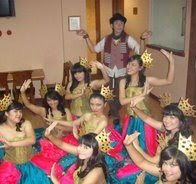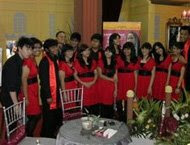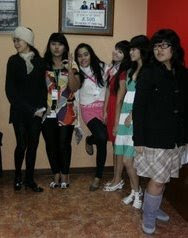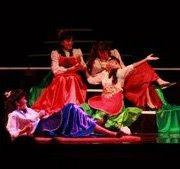The Theory of Organization
Organization is as a network of interdependent relationships. Everybody can focus with people who actually do the relating or everybody can focus on how the various relationships contribute to complete the organization. These three ways of examining organizational relationships represent the real meaning of the three major schools of organizational thought and theory, which are:
>> The classical school.
>> The human relations school.
>> The social systems school.
The classical theory of organization asks such as questions. For the example: “How is the work divided?”, “How is the labor force divided?”, “How is the labor force divided?”
The human relations school of thought studies work with groups of people and asks such questions as the following: “What roles do people assume in the organization?”, “What are the moral and attitude s of the people?”
The last school of thought was concerned with social systems and emphasizes the relationship of the parts to the whole organization. The questions usually asked by this approach are these: “What are the key parts of the organization?”, “How do they relate interdependently to each other?”, etc.
>> The Classical School
The classical theory of organization is not concerned with people but is concerned almost entirely with the design and structure of organizations. The classical theory was develop from the scientific management movement in which was described as a rational, economic being who can be the best motivated to work by such techniques as piecework systems, bonus systems, time and motion studies, and cost figuring systems.
The other example of scientific management in practice concerns the manager of an all employees to time their interviews with clients, record the number of minutes involved in clerical work, and calculate the average length of an interview and average time involved in written work.
.jpg)










0 comments:
Posting Komentar